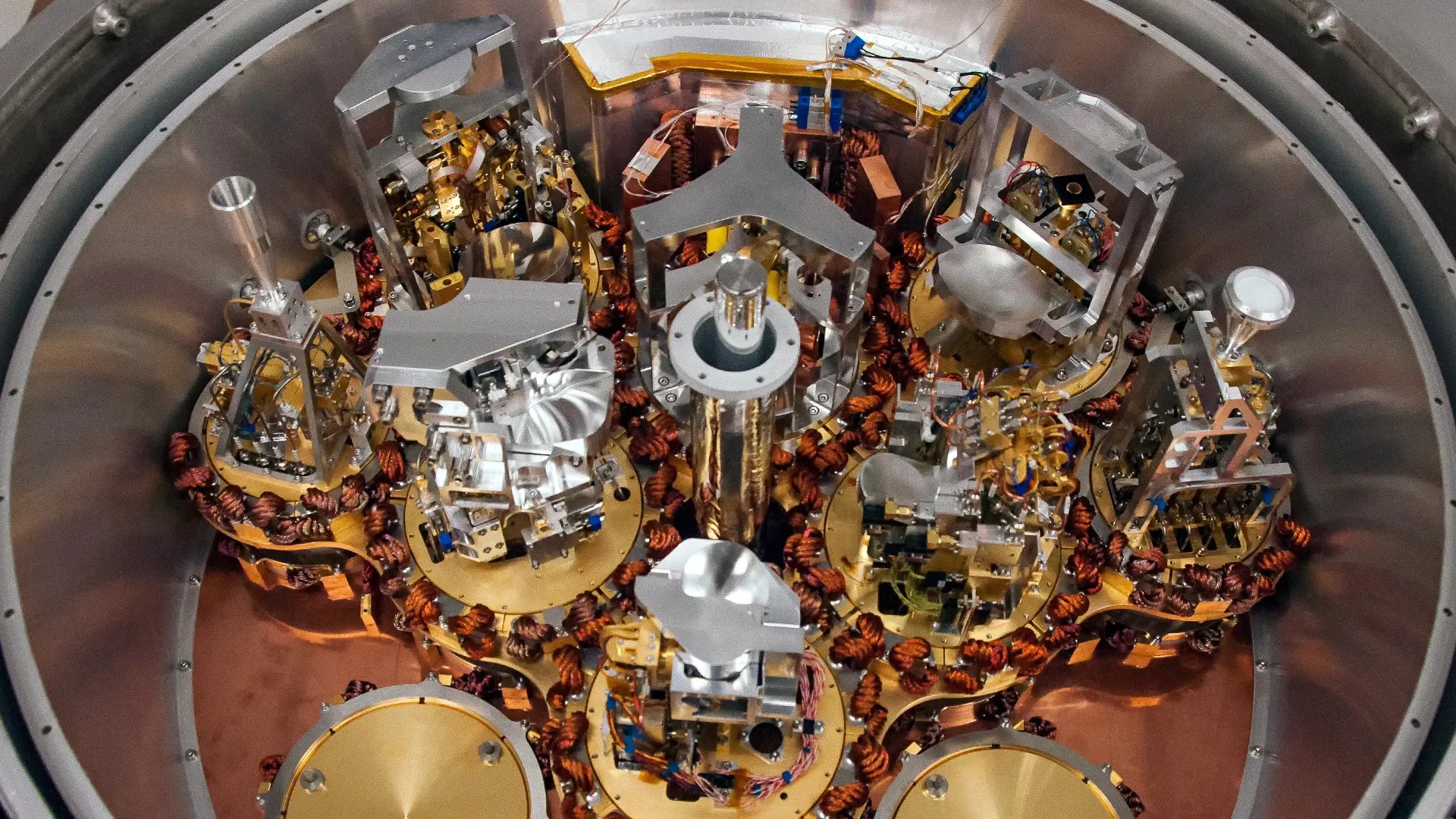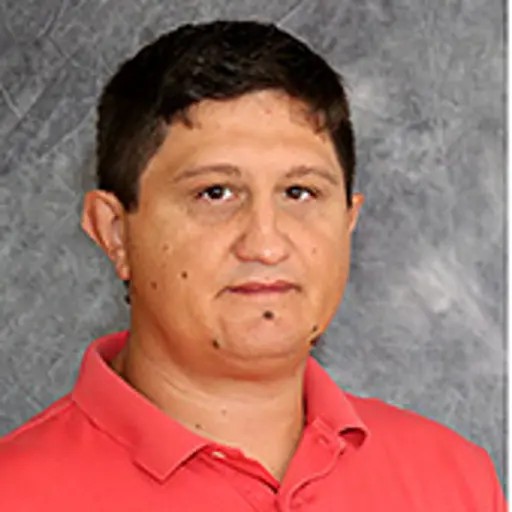

The group for advanced receiver development is a research and engineering group that develop instruments and receiver systems for some of the world's largest radio astronomy telescopes.
We focus on Terahertz technologies and instrumentation. It includes millimetre and sub-millimetre wavelengths (at frequencies 100 GHz and above) as well frequencies above 1000 GHz.
GARD research activities are focused on superconducting electronics, material science and thin-film processing. The results and experience from this research facilitate the development and building of state-of-the-art instruments used in radio astronomy and environmental science.
The GARD expertise allows the unit to be an active participant in delivering instruments and receiver systems some of the world’s largest astronomy observatories such as ALMA, APEX and Herschel.
Our research areas
Material science and thin film processing
This involves characterizing the physical properties and structure of superconducting multilayer systems and their internal interfaces, developing fabrication technologies and film deposition techniques to build devices and components of the Terahertz (THz) radiation sensors.
Superconducting electronics including active components
GARD’s focus is on superconducting ultra-low-noise THz coherent sensors. This includes SIS mixers based on Nb tunneling structures with AlOx and AlN barrier layers, HEB Terahertz mixers employing ultra-thin NbN epitaxial films, etc.
Terahertz components and technologies
GARD actively develops wideband RF and IF components and works on unique technology for fabrication of THz micro-machined waveguide circuits and components.
Terahertz instrumentation and systems
GARD has strong expertise in building complete Terahertz instruments for radio astronomy and environmental sciences. This work utilizes the unit’s expertise in Gaussian optics and receiver optical systems, cryogenics and receiver system design.
Support for Onsala Space Observatory
In addition to the above research areas the GARD unit also has a major role supporting the operations of the Onsala Space Observatory National infrastructure at APEX; including both receiver maintenance and the delivery of new state-of-the art receivers to the telescope.
